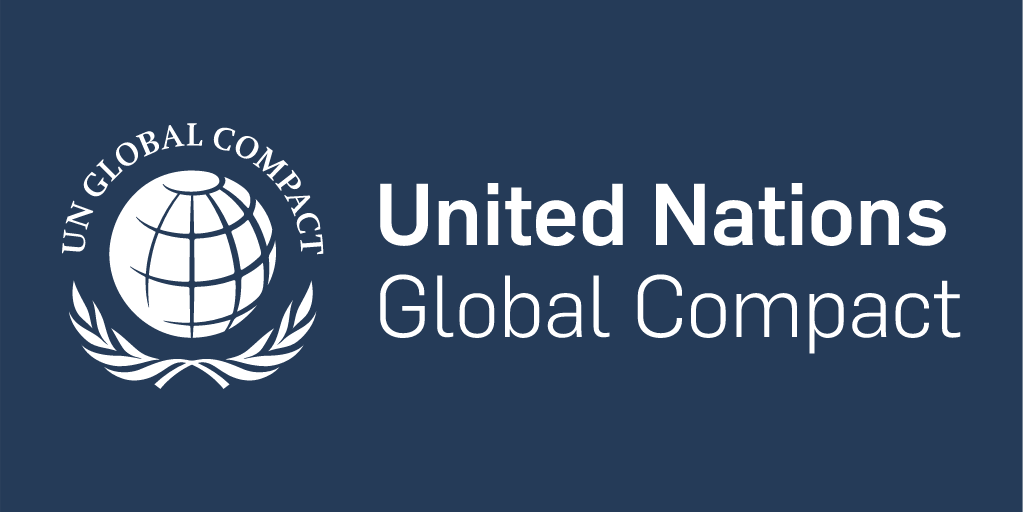Review your value chain-related policies, protocols, and processes
Start by making sure your procurement performance targets are not working against your sustainability objectives by checking for any gaps or conflicts between them. Then review your procurement protocols for potential inconsistencies with your sustainability objectives. For instance these protocols may relate to supplier identification, selection criteria, contract negotiation methods, and supplier relationship management. You should also check that sustainability considerations are incorporated into your category strategy templates and that your policies are current, given the evolving nature of sustainability issues. Engage colleagues, suppliers, and customers in this review process where possible.
Finally, evaluate your procurement structure to identify who is responsible for key tasks and if different departments are making conflicting demands of suppliers. Consider whether a more centralised or decentralised procurement process best serves your sustainability objectives. For instance, centralisation allows for a more consistent approach and data aggregation. While decentralisation enables more local control and agility.
EXAMPLE: Schneider Electric's recognises that its supplier productivity target could undermine its sustainability goal
Schneider Electric had an explicit target to increase supplier productivity by 3% per year. Reflecting on their sustainability goals they identified potential unintended consequences of this productivity target. While the target sought to promote energy or material use efficiencies; it also directed the procurement team's focus to short-term cost savings. This was in conflict with making the longer-term investments needed to achieve the company’s goal of a carbon-neutral supply chain by 2030.1, 2
EXAMPLE: Regular assessment of practices at Adobe
Adobe integrates the assessment of sustainability and procurement practices into its Enterprise Risk Management Framework.3 This entails a semi-annual process of identifying and evaluating climate-related risks and opportunities across its operations, supply chain, and products. The company also actively engages industry organisations, customers, and suppliers to monitor emerging risks and evolving stakeholder expectations.
EXAMPLE: GAP relieves buying pressures
Through its participation in the Better Buying initiative, the GAP has worked to reduce the buying pressure it places on its suppliers. For instance, it has developed systems to help its procurement teams avoid placing orders that put unrealistic expectations on suppliers regarding timing, capacity, and cost.4



